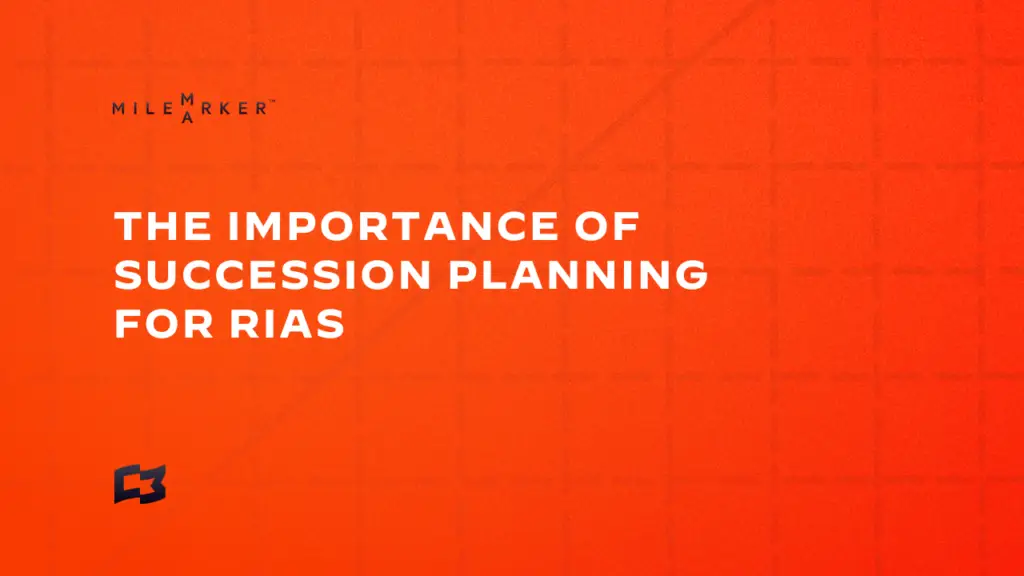Succession planning for RIAs is crucial for ensuring the long-term success and stability of Registered Investment Advisor (RIA) firms. Without a clear succession plan, firms risk leadership disruptions, loss of key talent, and declining client trust.
Thomas Carroll, CEO & President of Homrich Berg, highlights that a well-structured succession plan preserves a firm’s legacy, ensures smooth leadership transitions, and maintains client confidence. Homrich Berg’s 12-year succession plan serves as a strong example of how early planning, leadership development, and structured equity transfer create long-term sustainability.
Key Elements of a Strong Succession Plan:
Equity Transfer & Ownership Transition – Clearly define ownership structures and buyout terms.
Leadership Development – Prepare future leaders through mentorship and training.
Client & Cultural Continuity – Maintain service standards and client relationships.
Regulatory Compliance – Ensure a smooth transition within SEC guidelines.
Firms without a succession plan risk operational instability, loss of key advisors, and client attrition. By proactively planning, RIAs can secure their future, build trust, and sustain growth.
These insights are inspired by the latest episode of The Connected Advisor podcast featuring Thomas Carroll, CEO & President of Homrich Berg. Dive deeper into the importance of succession planning for RIAs. Listen to the full episode here and explore more articles in this series.
















